Sports Betting MathHow To Make Money Sports Betting
Basics of Sports Betting Math
Grasping the numerical principles behind sports betting is crucial for making informed bets. For instance, here’s a familiar scenario you’ll find at any betting establishment. moneyline bet Illustration of a typical betting line at BetOnline sportsbook. This includes moneyline, total, and run line odds for a matchup between the Miami Marlins and the St. Louis Cardinals during the MLB season.
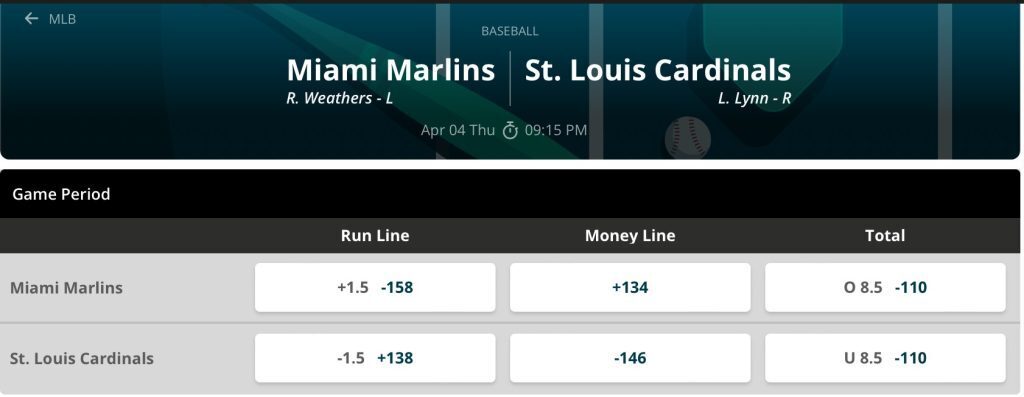
The odds indicate that if you place a $100 wager on the Marlins and they win, you’ll earn a $134 profit. In contrast, a $146 bet on the Cardinals would lead to a $100 profit, provided they win. BetOnline offers this moneyline:
- Marlins: +134
- Cardinals: -146
This suggests that the Cardinals are favored, as the potential profit for every $100 wagered is less compared to that of the Marlins, according to the bookmaker’s assessment.
The simplest way to comprehend sports betting math is by examining the figures involved. A lower number reflects higher likelihoods of winning, according to the bookie's perspective, albeit with a corresponding decrease in potential profit. Conversely, higher numbers indicate greater profit prospects but also carry increased risk.
You can certainly make significant earnings from sports betting, but it requires meticulous attention and effort. There’s a prevalent misconception that winning or losing bets is purely based on luck. By making wiser choices and having a solid grasp of sports betting math, you can lessen your dependency on luck.
How To Make Money Sports Betting
To generate profits through sports betting, you must secure more wins than losses overall. However, it’s not merely a matter of 50/50. Bookmakers earn their income by taking a minor percentage from every bet placed, known as vigorish or juice. As a result, successful bettors must aim to win approximately 53% of their wagers to break even.
All winning sports betting strategies start with building a solid knowledge foundation that allows you to implement your approach effectively. With a clear understanding of the math involved in sports betting, you can make automated intelligent choices.
How To Use Sports Betting Math
Before you start placing any bets, here are essential foundational concepts we suggest you grasp:
Recognizing how betting odds function is vital, as well as picturing the winning probabilities associated with those numbers. In sports betting, higher odds imply a lower likelihood of winning, thus posing a greater risk. The trade-off is that the potential returns on such bets are more substantial.
1. Understand Betting Odds and Lines
Implied probability does not equate to true mathematical probability but is simply another method of reflecting payout odds. This principle is central to strategic sports betting - identifying wagers where you believe the true odds diverge from those set by the bookmaker.
What is implied probability?
Differentiating between true odds and implied odds may be complex.
Click here for more insights into betting odds. Any odds registered at +100 or higher reflect an implied probability below 50%, while being potentially more lucrative. Conversely, odds below -100 indicate an implied probability above 50%, but offer diminished profitability.

- Golden State @ -110
- Bulls +8.5 points @ -110
2. When crafting your profit margin and devising your betting strategy, it is crucial to incorporate the bookmaker's share into your calculations.
Your profit margin represents the amount you aim to retain after the sportsbook claims its portion. If you win exactly 50% of the time at even odds, you will incur losses owing to vigorish.
This implies that bettors must target higher odds to offset the bookmaker's cut. While this may seem marginal, it explains why most gamblers seek at least a 5% profit margin, requiring them to win approximately 55% of the time.
Utilize your anticipated profit margin to assess the expected value of your bets. This reflects your average profit in the long term.
3. Calculate Expected Value
To win 55% of the time and achieve a slim profit while offsetting the vigorish owed to your sportsbook, pay attention to negative odds:

- If you participate in 10 bets of $100 each and emerge victorious in all, your total profit would amount to $820. However, the likelihood of this scenario unfolding is slim, and a more realistic goal would be to win a minimum of 55% of your bets.
- Achieving a 55% win rate leads to a profit of $451 from successful bets – $450 lost from unsuccessful attempts would leave you with $1 overall profit. Winning another bet would increase your total profit by $82.
- Alternatively, you may opt for betting on positive odds, which offers a potentially better payout but entails greater risk:
Odds of +122 reflect an implied probability of 45%, providing a $122 profit for every $100 wagered.
- If you place 10 bets of $100 each and win all of them, your earnings would total $1,220. While such a result is unlikely, your aim should be to secure a win rate of at least 45% to realize a profit.
- Winning 45% of the time translates into a profit of $549 from successful wagers – tallying to $550 will yield -$1 in total (a victory on one more bet increases your profit to $121).
- Comprehending Fundamental Statistical Data
4. The concluding aspect of your sports betting education should focus on making sound decisions based on historical performances. Numerous resources
offer comprehensive databases for bettors that encompass: best online sportsbooks The secret lies in recognizing historical trends and aligning them with current betting odds.
- Team Records & Form Guides
- Head-To-Head Records
- Player Stats
- League Stats
- Interesting Facts
For example, if you bet on the New York Giants against Washington, knowing the Commanders are favored at -150, keep in mind that the Giants boast the highest number of wins against this opponent (107). Such past performances signal a strong chance for another Giants victory, making their odds of +230 appealing.

If there’s tangible value in making the bet
Here are some strategies that apply mathematical insights to identify favorable wagers consistent with your established foundations:
A. Visual indicators like an orange symbol with a dollar sign and an arrow denoting value.
B. Even though sportsbooks aim to provide accurate odds, they do not always succeed. If you identify odds that suggest higher value than previously anticipated, they may represent worthwhile opportunities, even with a potentially lower chance of winning.
Here are some key sports betting strategies When the USMNT faces Wales at +900 during the World Cup, those odds imply a mere 10% probability of victory, which seems absurd considering the US team remains undefeated this year. It's reasonable to argue that their chances of winning are higher than suggested, so you may choose to place a bet on them.
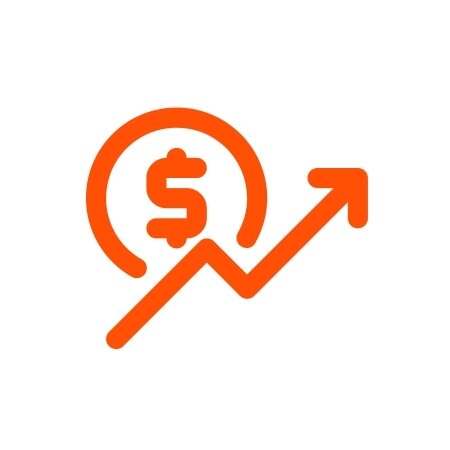
Value Betting:
If the Padres carry odds of -310 against the Marlins with a -1.5 handicap, that implies a 75.6% probability of winning; however, knowing the Padres are performing well and have succeeded in the series may prompt you to adjust the line to -3.5, enhancing the odds to -110.
Example: Monitoring your betting balance is essential when engaging in sports wagering. A prudent approach is to:
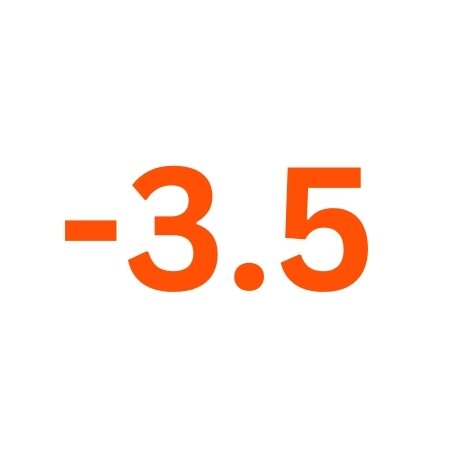
Sharpening Your Handicapping:
Divide your total bankroll evenly across the number of wagers you intend to place (for instance, through the method of
Example: This practice prevents depleting your budget on a single bet and protects your profits if you have a successful payout.
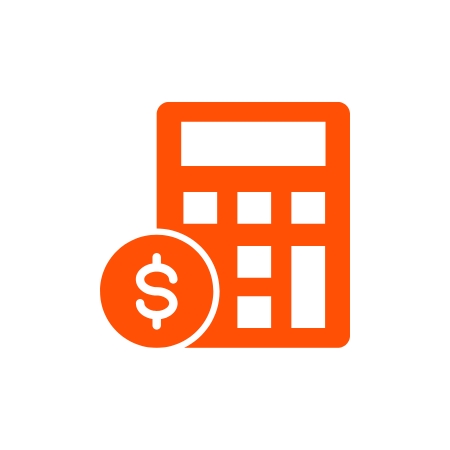
Effective Money Management:
Sportsbooks aim to match the odds of their competitors, yet savvy bettors can capitalize on slight price differences. Arbitrage betting involves engaging with multiple sportsbooks and placing bets on opposing outcomes.
- Make an affordable deposit
- You could predict the 49ers might win against the Rams at +200 on one site while wagering on the Rams’ victory at +220 on another. Regardless of the outcome, if you strategize your stakes appropriately, you will secure a profit. betting units )
Responding to live events and timing strategic bets is no easy feat. Professional bettors may require years to perfect live betting. Utilizing mathematical calculations aids significantly. By quickly assessing values, you can decide whether a wager is worthwhile as the situation unfolds.
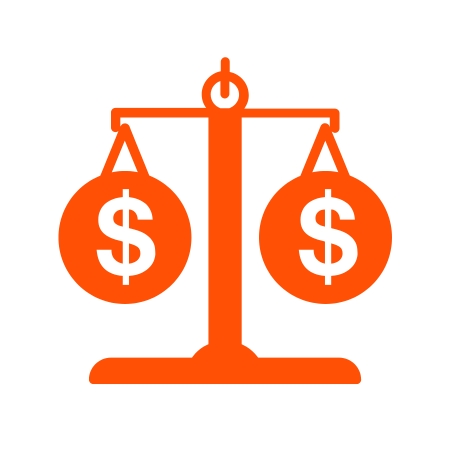
Arbitrage Betting:
You are observing the moneyline odds in a boxing match. The favored fighter has dominated the initial four rounds, yet his odds are declining. Meanwhile, he appears fatigued as the underdog delivers solid strikes in the fifth round.
Example: The underdog currently stands at +400 (indicating a 20% implied probability), but their chances seem to be improving. You estimate that the underdog now has a 45% likelihood of winning, making them a strong candidate for a bet at +400.
Tip: Read our arbitrage betting guide to master this betting strategy.
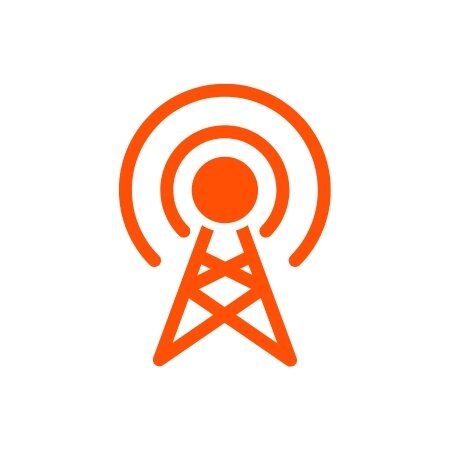
Live Betting Math:
Advanced Methods for Generating Profits from Sports Betting
Example: Identifying value, managing your bankroll, and implementing arbitrage strategies lay a sound foundation for beginner bettors. More experienced gamblers can apply mathematical insights to embrace even more sophisticated betting techniques. Here are three advanced strategies worth considering:
This is centered on minimizing losses and securing profits, regardless of their size. Hedge betting involves strategically wagering against your initial bet until you achieve a win, irrespective of the final outcome.
Understanding Sports Betting Mathematics: A Guide to Earning Money through Wagering
What Exactly Are Betting Systems? An Introductory Guide for Newbies
Hedging:
Hedging To explore this website, please enter your search keyword here.
Example: This webpage may contain affiliate links. If you make a deposit via one of these links, we could receive a commission without any additional cost to you. These commissions aid in producing our content and help us maintain the availability of current information.
Kelly Criterion:
The Kelly Criterion betting system This guide is designed to teach you the mathematics behind sports betting, showing you how to achieve consistent profits when betting on sports. You don’t need to be a math genius to identify good value in odds, but enhancing your understanding of betting math will definitely improve your decision-making skills. Being able to quickly calculate if a bet is worthwhile can be tremendously beneficial.
Here’s the formula:
f* = (bp – q) / b
- Continue reading to discover everything you need to know about leveraging mathematics to formulate a successful betting strategy and mastering the techniques that professional bettors utilize to secure profits.
- b is the net payout rate of the bet
- Best Platforms for Practicing Sports Betting Mathematics
- Grasping the arithmetic associated with sports betting is crucial for making well-informed betting decisions. Here’s a typical example that you will likely encounter at any betting site.
Example: Consider this standard betting line featured on the BetOnline sportsbook, which outlines moneyline, totals, and run line odds for a matchup between the Miami Marlins and St. Louis Cardinals in Major League Baseball.
Here’s the calculation:
- f* = (2 x 40% – 60%) / 2 = 0.10
The Marlins are scheduled to face off against the Cardinals in a regular season MLB game.
The odds indicate that for every $100 wagered on the Marlins, you stand to profit $134 if they win. In contrast, you’ll need to bet $146 on the Cardinals to profit $100, assuming they are victorious.
This data suggests that the Cardinals are the favored team according to the bookmaker's evaluations, as the profit potential for betting on them is lower per $100 wagered compared to the Marlins.
A simple way to understand sports betting mathematics is to analyze the figures presented. Generally, lower odds imply a higher likelihood of winning in the bookmaker's perspective, yet they also translate to lower profit potential. Conversely, higher odds may promise greater returns but come with increased risks.
Statistical Modeling:
While it is indeed possible to earn significant amounts from sports betting, it necessitates meticulous attention and effort. A common misconception is that chance determines success in sports betting. However, making informed decisions through a solid understanding of betting math will reduce your dependency on luck.
Example: To ensure profitability in sports betting, you must win more often than you lose overall. However, this isn't simply a 50/50 situation. Bookmakers earn money by taking a small cut of every wager, often referred to as vigorish or juice. Consequently, bettors need to achieve a win rate of approximately 53% to break even.
Effective sports betting strategies commence with building a foundational knowledge, allowing you to successfully implement your strategy. By comprehending the mathematics involved in sports betting, you can streamline your decision-making processes.
Here are the essential principles we suggest you establish before entering the betting realm:
Grasping how betting odds function and visualizing the probability of winning through these numbers is vital. In sports betting, higher odds often represent a lower chance of winning, making them inherently riskier. The advantage, however, lies in the possibility of achieving higher payouts.
Implied probability should not be confused with mathematical probability, as it serves as an alternative representation of payout odds. Recognizing this distinction is key to strategic sports betting – your goal is to find bets where you believe the true odds differ from those proposed by the bookmaker.
Determining true odds in comparison to implied odds can be a complex task.
Click here for further insights into betting odds.

Discipline and Patience:
The challenge is compounded by the fact that betting platforms also take a cut from every stake before a bet is settled. This commonly results in lines like:
In this scenario, both teams have odds of -110 for victory, where the Bulls have a +8.5 point advantage to balance the odds. Even if both outcomes seem equally likely with a 50% chance of winning, you will earn only $91 for every $100 staked due to the vigorish, rather than the full $100. The implied probability for these lines comes to 110/210 = 52.38%, resulting in a total of 104.76%. Any value exceeding 100% represents the bookmaker's commission.
TIP: Define Your Profit Margin and Account for Vigorish
Record Keeping:
When devising your profit margin and formulating your betting strategy, it's crucial to account for the 'house take.'
Your profit margin indicates what you expect to keep after the sportsbook takes its share. For instance, if you win bets half the time, you would end up at a loss due to the vigorish.
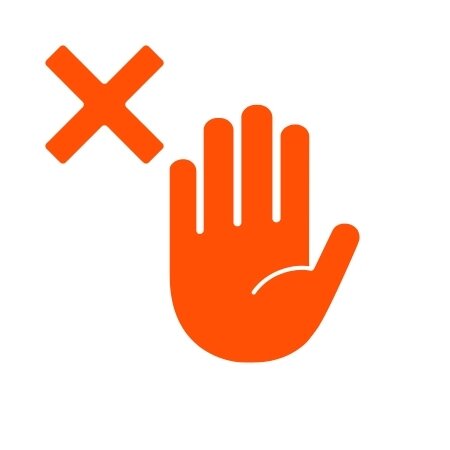
Knowing When To Fold:
You can leverage your anticipated profit margin when determining the expected value of your bets, representing your average long-term profit.
To achieve a winning rate of 55% and ensure a slight profit while covering the vigorish owed to the sportsbook, it's wise to concentrate on negative odds:
Responsible Gambling
Odds of -122 suggest an implied probability of just under 55% and result in an $82 profit for every $100 wagered.
Should you place ten $100 bets and emerge victorious in all ten, you would net $820. However, such an outcome is unrealistic; thus, your aim should be to win at least 55% of your bets.
- Securing victories in 55% of your bets implies that your profit from successful wagers will total $451 – minus the $450 lost in unsuccessful bets, resulting in a mere $1 profit overall. Every additional winning bet will further add $82 to your profits. NCPGambling.org
- Alternatively, you could explore positive odds for potentially better returns, albeit with a higher level of risk: (as supported by the NBA)
- Gamble Responsibly America App (downloadable)
- Gambler’s Anonymous: gamblersanonymous.org/ga/
- Responsible Gambling Council: https://responsiblegambling.org/
Odds of +122 come with an implied probability of 45% and yield a $122 profit for each $100 wagered.
Placing ten bets of $100 each and winning all ten would lead to a profit of $1,220. However, again, such a perfect scenario is unlikely; the goal remains to achieve at least a 45% win rate to realize a profit.
Winning 45% of your bets would result in $549 in profits from the successful wagers, leaving you at – $1 overall. Winning just one additional bet would boost your profit to $121.
Understanding Essential Statistical Data
The last element of your sports betting foundation should be based on informed decisions drawn from historical data. The
offers databases for bettors that include:
The crucial task is to identify historical patterns and correlate them with the betting odds.
Sports Betting Calculator Suppose you wager on the New York Giants visiting the Washington Commanders, with the Commanders favored at -150. If you notice that the Giants have historically won more games than any other team against this opponent
Winning Betting Strategy (107), such historical insight may suggest another Giants victory, which could make their odds of +230 very appealing.
Point Spreads Putting Betting Mathematics Into Practice: Developing Betting Strategies
Totals With a solid foundational understanding of placing bets and the math that underpins them, it’s now time to implement this knowledge in your betting decisions. The fundamental task is to convert odds into implied probabilities and assess:
Teaser Betting If the odds align with your target profit margin.
Sweetheart Teasers Whether the bet possesses any inherent value.
Understanding Value that utilize mathematics to help you identify advantageous wagers that align with the knowledge you have established:
Parlay Betting An orange icon featuring a dollar sign and an arrow indicating value.
Prop Betting While sportsbooks aim to provide accurate odds, they don’t always succeed. If you encounter odds presenting greater value than usual, they may be worth considering, even with a lower probability of winning.
Future Betting The US Men's National Team (USMNT) has odds of +900 against Wales in the World Cup. These odds translate to a 10% implied probability, which seems extreme considering the US team remains unbeaten this year. Undoubtedly, it’s reasonable to assume that they have a better chance of victory than the odds imply, making them worth a wager.
Yahoo! Sports Stats You can leverage math to assess the strengths and weaknesses of teams.
Introduction to Sports Betting Let’s say the Padres are at -310 against the Marlins with a -1.5 point handicap. This represents a 75.6% implied probability, but you are aware that the Padres are performing well and have already won the series. If you adjust the line to -3.5, the odds improve to -110.





